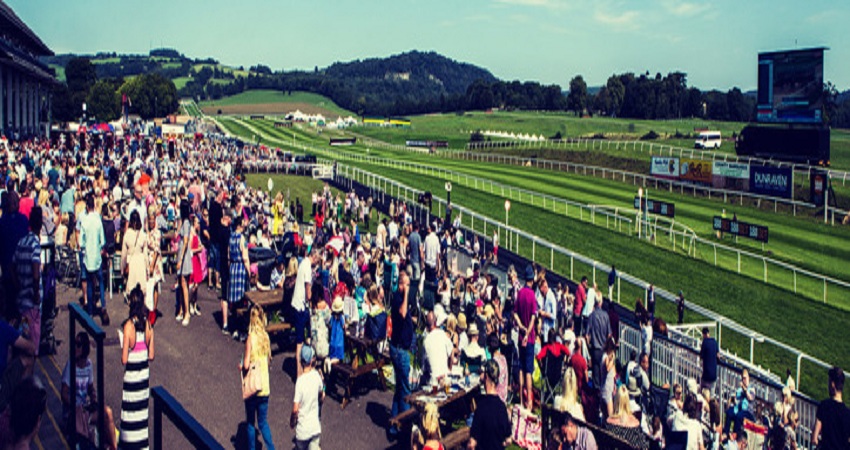Taking care of a horse is a huge responsibility but caring for a racehorse takes more than one trained and experienced person. When people cheer for horses during the Breeder’s Cup races, they are cheering for the charisma and fitness of the horse. An excellent equestrian looks fabulous, and there is no doubt about it. Feeding, cleaning, grooming and training a horse for races takes the better part of the day for multiple trainers, jockeys, groomers and diet experts. Each one has a team of dedicated medical professionals checking their vital stats at least once a week.
The care, excellent health and positive attitude that flow from the team foster the horse’s natural urge to win. It takes years for a trainer to learn the different ways to boost the confidence in a racehorse. That also includes his abilities to detect minor health problems and medical issues before they can compromise the horse’s performance.
Bone structure is crucial for a horse’s performance
Every racehorse goes through a few challenges during their developmental period and training. For example – most racehorses have to undergo bone remodeling. While training intensively for professional races, the fouls need to adapt to regular stress. When a yearling start training the cross-section of the cannon bone is circular, but by the time he or she is ready for the first big race, the cross-section of the bone becomes ovoid. The remodeling of bones demands a nutritious diet, rich in calcium and proteins.
Even with preventive care and a rich diet, horses are susceptible to peri-articular fractures or chips. It happens due to the high speed of racing. While they are amenable to surgery, it is imperative for young horses to remain in expert care for timely diagnosis and treatment. The trainer must ensure that their shins do not buck and they do not suffer from excessive stress-related bone injuries at a young age. The presence of similar challenges in the yearlings can impact how the horse qualify for the big leagues.
Maintaining speed takes more than diet and training
Speed, endurance, and grace are necessary parts of a racing horse’s enigma. Sadly, about 25% of the thoroughbreds retire from professional racing due to ligament and tendon damage from fatigue. The level of fatigue and stress on the legs depending on the kind of traction devices or toe grabs these horses use. The ones that do not slide at all send sudden shocks up the limbs that interfere with the natural slide of the horse’s hooves and change the angle of the leg to the foot. Picking the right shoeing can determine the horse’s future performance.
There is no way a horse can become a winner without enough oxygen in its system to boost performance. Apart from regular vaccinations, one must regularly check for infections and inflammations that can lead to compromised breathing. The energy level of the yearling or horse must remain high enough to contribute to speed.
Therefore, rearing and caring for a racehorse is no child’s work. It requires knowledge about their physiology, pathology, diet, mental health, and training. It is no wonder that you may come across ten different people pampering a thoroughbred throughout the day.
This is a bit off about Admin. Admin is a Best and Professional Blog Writter, Social Media and Content writing regards various niches like lifestyle, entertainment, education,technology and many etc, Admin is SEO Analysis of Marketing Profs. That`s enough for more details please so him at social media or go to contact us page.
